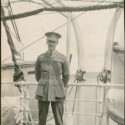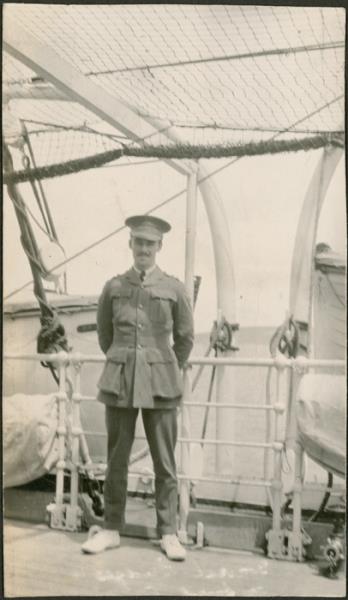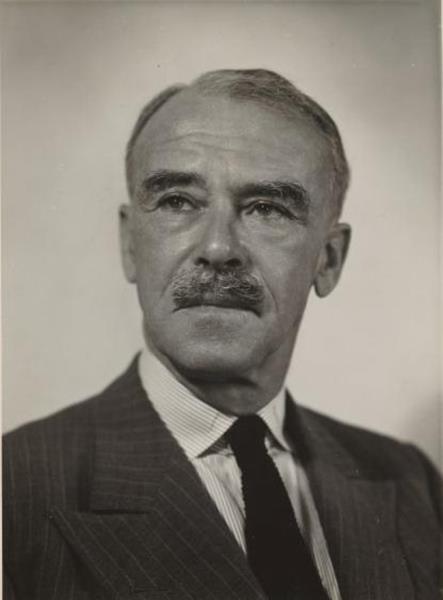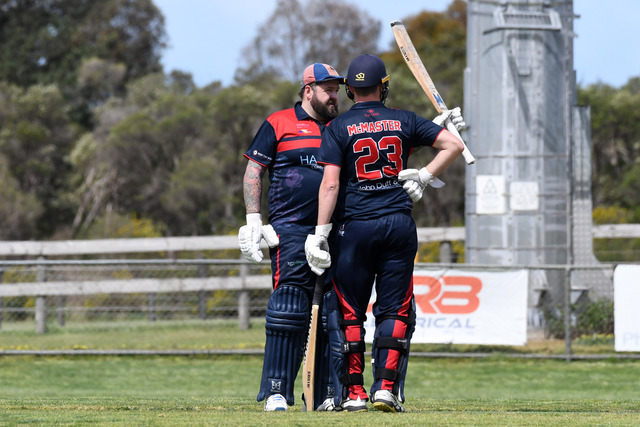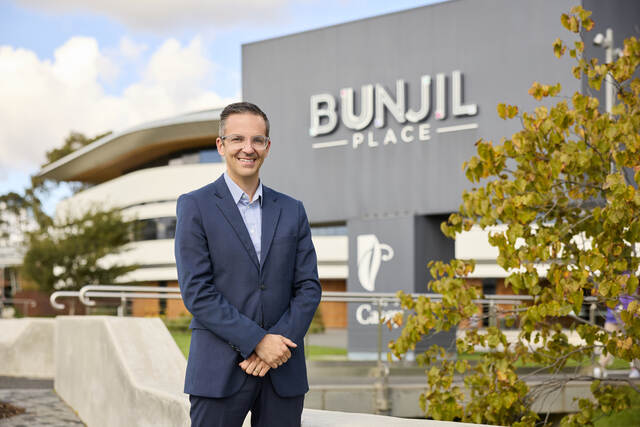By GEORGIA WESTGARTH
A MINISTER, engineer, diplomat, governor, politician and soldier, Richard Gavin Gardiner Casey can be remembered as many things.
But this year, at this time, he is remembered for his significant service during World War I.
Lord Casey served in the Australian forces at Gallipoli and was awarded the Military Cross and Distinguished Service Order for intelligence gathering.
On 14 September 1914, Lord Casey was appointed a lieutenant in the Australian Imperial Force and took off for Egypt the next month.
Baron Casey of Berwick, Victoria and the City of Westminster, Lord Casey climbed up the ranks and in August 1915 became a staff captain with the 3rd Brigade at Gallipoli.
Lucky to live an affluent life after his father Richard senior prospered as company director with partners Thomas and Walter Hall in the Mount Morgan Gold Mining Co. Ltd, Lord Casey grew up in South Yarra where he was educated as a day-boy at Cumloden School in St Kilda and later at the Melbourne Church of England Grammar School.
In 1909, Lord Casey spent one year at the University of Melbourne studying engineering before setting sail to England and entering Trinity College, Cambridge where he graduated with second-class honours in mechanical sciences tripos.
Until the war broke out in August 1914, Lord Casey worked for Mount Morgan Gold Mining Co Ltd, where his father had become chairman.
Lord Casey served throughout the war in various roles but never commanded men.
He started out as an orderly officer and became aide-de-camp to Major General Sir William Bridges, commander of the AIF’s 1st Division and in August 1915 was appointed staff captain with the 3rd Brigade in Gallipoli.
Lord Casey recovered just in time from a fever to become the general staff officer, grade three with the 1st Division, before moving to the Western Front for the Battle of the Somme in France in 1916.
Awarded the Military Cross in January 1917, Lord Casey was made the Brigade Major of the 8th Brigade, a challenging position which meant regular visits to the front line and for his efforts was awarded the Distinguished Service Order in 1918.
Lord Casey resigned his AIF commission and was demobilised in London on 10 June, 1919.
Transferring to the Reserve of Officers, Lord Casey served as a part-time intelligence officer at the Army Headquarters in Melbourne in the early 1920s.
From Assistant Minister at the Treasury in 1933 to Treasurer in 1935 and Minister for Supply and Development in 1939, Lord Casey was appointed the Australian Minister to the United States of America.
Resigning from parliament in January 1940, Lord Casey’s most prestigious appointment as was as Governor-General of Australia from 1965 to 1969.
Retiring to their farm in Berwick after serving Australia for many years, Lord Casey never fully recovered from a car accident in 1974 and passed in June 1976.
His long and distinguished life is remembered through his namesake, the City of Casey. Lord Casey is buried in Mount Macedon cemetery.

